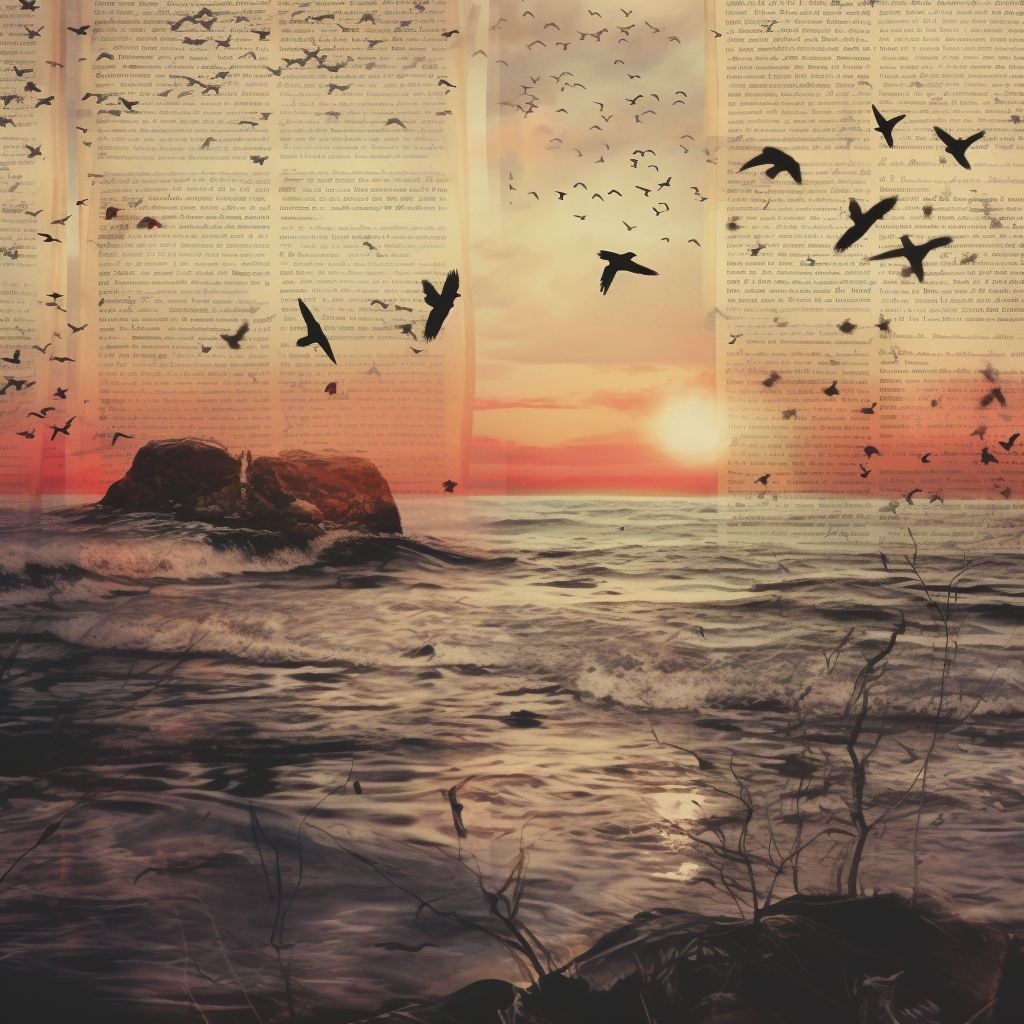
Poetry, the art of words, is a canvas of creativity where emotions, thoughts, and stories are painted. Yet, it’s not just the words themselves that make a poem; it’s also how they are presented. Imagine a poem as a beautifully plated dish; it’s not only about the taste but also the presentation. In the world of poetry, what should a poem look like is an intriguing question, and we’re here to explore it. From line breaks to stanza structures, from classic sonnets to contemporary free verse, join us as we venture into the visual aesthetics of poetry.
Table of Contents
The Art of Poetic Presentation

In the enchanting realm of poetry, words are more than mere text; they are shapes, patterns, and forms on the page. The visual aspect of poetry is often overlooked but plays a crucial role in how readers experience and interpret a poem.
When we think about poetry, our minds often drift to the words themselves—their rhythm, meaning, and emotion. However, equally important in the world of poetry is the presentation. Just as a painter carefully chooses the right frame for their artwork, poets must consider how to present their verses effectively.
Importance of Line Breaks and Stanzas in Poetry
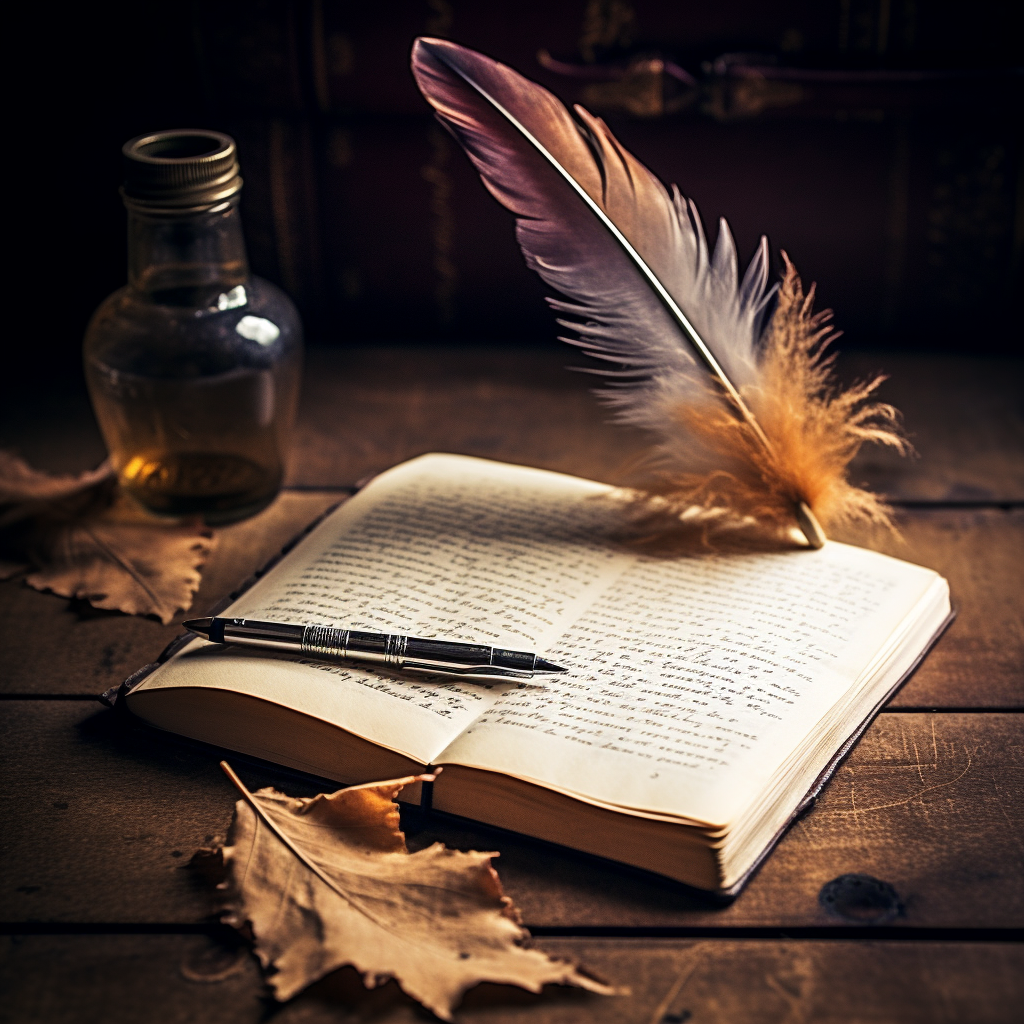
Imagine a poem as a journey through a lush, poetic forest. As you traverse this terrain, line breaks become the stepping stones guiding your path. They are where one idea ends, and another begins, much like taking a pause to savor the view at a scenic overlook. Line breaks are the rhythm and pacing of your poetic voyage.
Line breaks are the rhythm of a poem, the carefully chosen points where a line ends and another begins. They dictate the poem’s pace, guiding readers through its emotional landscape. Line breaks can create suspense, emphasize words, or introduce surprise, like a well-timed pause in a musical composition.
Consider how the length of your lines can influence your reader’s experience. Short lines, like quick footsteps, might rush them through a passage, while long, meandering lines encourage a leisurely stroll. As the poet, you hold the map, deciding when to halt, when to linger, and when to surprise with an unexpected twist.
Stanzas, on the other hand, are like the paragraphs of a poem. They group lines together, providing structure and context. Different stanza lengths and structures can evoke distinct emotions. A single stanza may feel intimate, while a longer poem with multiple stanzas can resemble a story’s chapters.
Just as the forest might contain a variety of landscapes, your poem can feature different stanza lengths and structures. A single stanza might feel like an intimate conversation with your reader, while multiple stanzas can resemble chapters in a story. By thoughtfully crafting your stanzas, you create the emotional topography of your poem, guiding readers through valleys of emotion and peaks of revelation.
In the world of poetry, line breaks and stanzas are your tools to sculpt the terrain, shape the rhythm, and evoke emotions in your readers. They are your artistic choices, the brushstrokes on the canvas of your poem. So, as you venture deeper into the poetic wilderness, remember the power you hold in crafting the landscape of your verses.
Poetic Forms and Structures

Just as there are various ingredients in cooking, poetry comes in an array of forms and structures. Each form has its rules and conventions, influencing the poem’s appearance.
The Classic Sonnet
Imagine a classic sonnet as a grand mansion with 14 rooms. Each room, or line, has its purpose, contributing to the overall elegance and symmetry. Typically divided into quatrains and a final couplet, the sonnet’s structure resembles a well-arranged garden, where every flower blooms in its designated place, creating a harmonious and balanced landscape.
The Brief Beauty of Haikus
In stark contrast to the grandeur of a sonnet, haikus are like delicate bonsai trees. Composed of just three lines and adhering to a strict 5-7-5 syllable structure, haikus are a testament to the beauty of simplicity. Like pruning a bonsai, crafting a haiku demands precision and minimalism. These tiny poems show how a few carefully chosen words can paint vivid images and evoke profound emotions.
The Enigmatic Villanelle: A Literary Puzzle
Picture a villanelle as an intricate puzzle with 19 pieces, each fitting together meticulously. These poems are known for their specific rhyme scheme and the repetition of certain lines. Like an enigmatic puzzle, the villanelle’s repeating lines weave through the poem, creating a mesmerizing visual and thematic effect. Crafting a villanelle is akin to solving a complex riddle, where each line plays a crucial role in revealing the poem’s hidden message.
As a poet, you have the privilege of choosing from this palette of poetic forms and structures, each offering a distinct set of tools to shape your artistic vision. Whether you opt for the structured elegance of a sonnet, the concise beauty of a haiku, or the enigmatic charm of a villanelle, each form invites you to explore the vast landscape of poetic expression.
Poetry Typography and Formatting
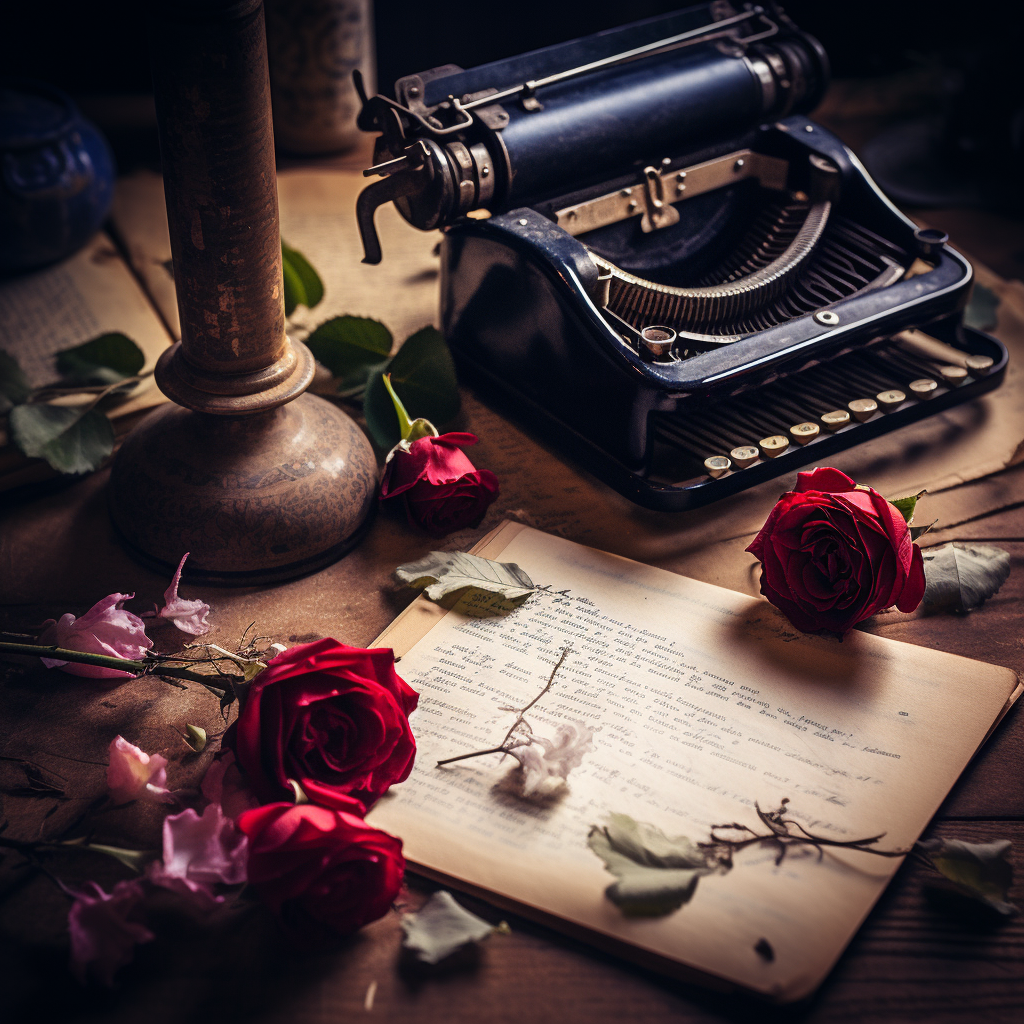
When it comes to poetry, the presentation is as vital as the words themselves. Typography and formatting choices, much like selecting the perfect frame for a masterpiece, play a significant role in enhancing a poem’s visual impact and resonance.
Use of Whitespace
Whitespace in a poem is akin to the canvas on which a painting comes to life. Just as a painter strategically leaves space between brushstrokes to convey depth and meaning, poets use whitespace to emphasize, create pauses, and direct the poem’s visual rhythm. Think of it as the silence between musical notes—a powerful element that enhances the overall composition, allowing readers to savor every word.
Visual Metaphors on the Page
In poetry, every aspect can be metaphorical, even the way it appears on the page. The shape and layout of a poem can be symbolic, mirroring its themes and content. For example, imagine a poem about a meandering river taking on a serpentine form on the page, visually representing the winding, twisting nature of the subject matter. This artistic choice adds an extra layer of depth, inviting readers to explore the poem not only through words but through its very visual essence.
As a poet, your canvas is not limited to words alone; it extends to the whitespace, the alignment, and the overall presentation. Each choice you make in typography and formatting contributes to the reader’s experience, adding layers of meaning and enhancing the poetic journey. So, as you craft your verses, remember that the artistry of words extends beyond their meaning—it also lives in how they appear on the page.
Crafting the Poetic Aesthetics
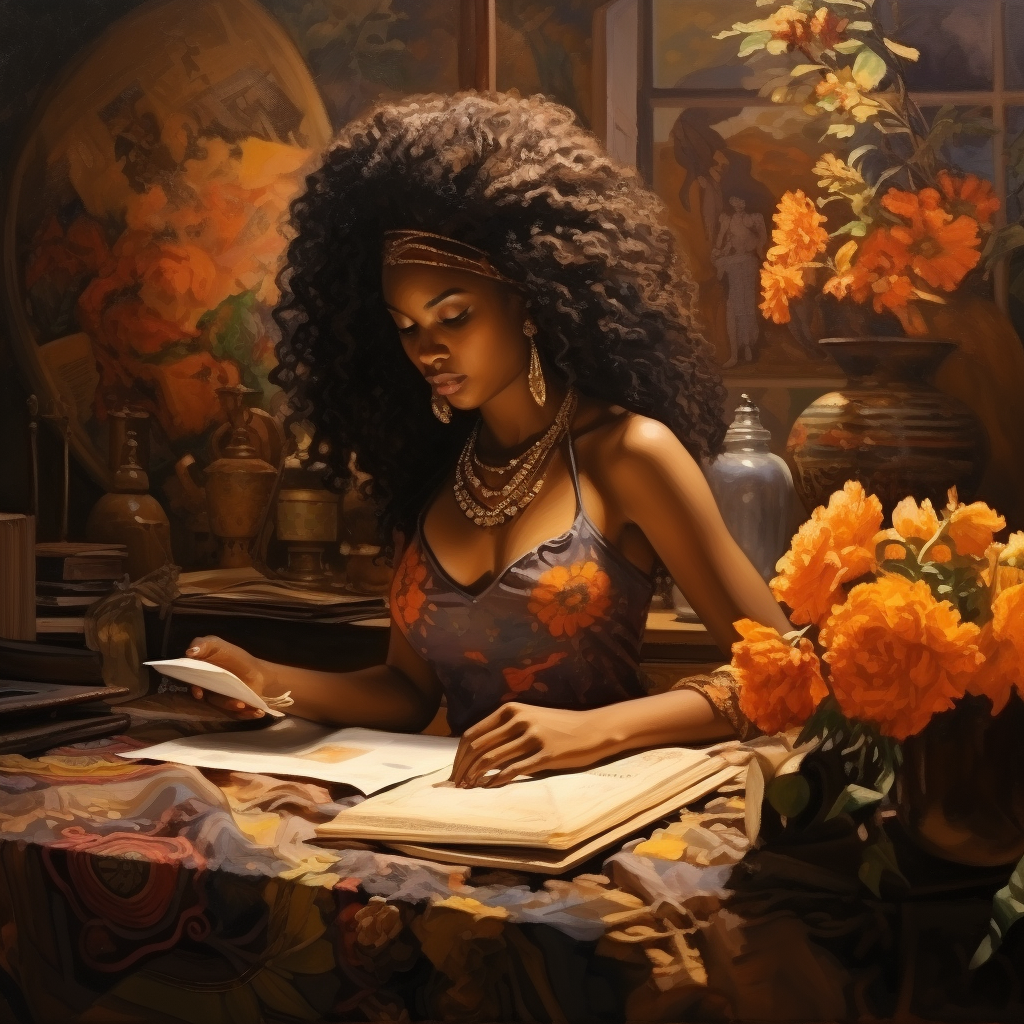
The aesthetics of a poem go beyond mere prettiness; they wield the power to convey the poet’s message and emotions in profound ways.
Influencing Reader Interpretation
How a poem appears on the page can significantly mold how readers interpret it. Picture a poem with scattered words and erratic line breaks—it might evoke a sense of chaos. In contrast, a neatly structured sonnet with precise alignment suggests order and control. These visual cues serve as guides, leading readers through the emotional landscape the poet intended.
Elevating Meaning through Visual Choices
Poets are visual artists on the page. They harness the interplay of words, shapes, and spaces to amplify the meaning of their work. For example, in a poem about loneliness, isolating a single word on a line can magnify its emotional weight, making readers pause and reflect. It’s akin to a painter using shading to add depth and nuance to a canvas.
Unleashing Creativity in Layout and Presentation
In contemporary poetry, there’s a delightful experimentation with layout and presentation. Poets are unshackling themselves from traditional constraints, pushing the boundaries of what a poem should look like. They employ visual techniques to create new layers of meaning, much like artists who use unconventional materials to craft unique sculptures. These inventive approaches invite readers to engage with poetry on a more immersive level, where words and visuals unite to evoke powerful emotions and insights.
As a poet, you hold the brush that paints the canvas of your verses, and the choices you make in terms of aesthetics are as much a part of your artistry as the words themselves. So, as you craft your poems, don’t underestimate the impact of the visual—embrace it as a tool to enhance your poetic expression.
Practical Considerations: Elevating Your Poetic Presentation
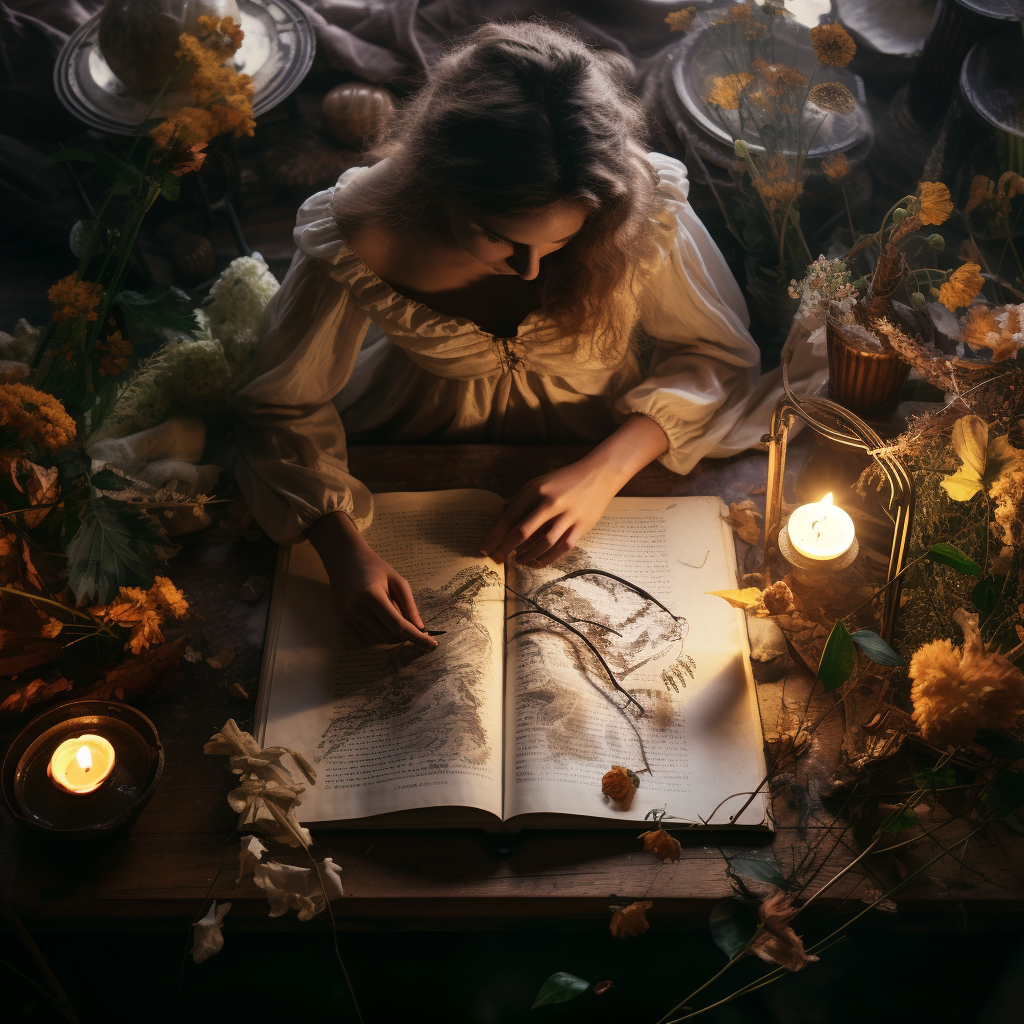
While the visual aesthetics of a poem play a vital role in artistic expression, practical considerations also shape how your work is perceived and received.
Mastering the Art of Formatting
For poets keen on enhancing the visual impact of their work, practical tips are worth their weight in gold. Consider adjusting line lengths to create rhythm and emphasis, experiment with stanza breaks to guide your readers’ journey, and choose fonts that harmonize with the poem’s mood. These seemingly small adjustments can significantly influence how your poetry resonates with your audience.
Harnessing Tools and Software
In the digital age, poets have a treasure trove of tools and software at their disposal to create visually striking poems. These digital aids provide options for experimenting with formatting and typography, empowering you to bring your creative visions to life. Think of these tools as the paintbrushes and palettes of a digital artist, allowing you to craft visually arresting poetry that transcends the confines of traditional print.
Sharing Your Visually Appealing Poetry
Sharing visually appealing poetry can be an experience like no other. Poets can explore a myriad of ways to showcase their work, from digital platforms that embrace multimedia elements to the creation of visually stunning print editions that grace the physical world. You can even take your poetry to the stage, where the visual spectacle of your performance enhances the impact of your verses. This act is akin to a theatrical production, where the set design and lighting elevate the entire performance, creating an immersive experience for the audience.
As you navigate the realm of poetry, remember that while words are your primary tools, the visual aspects of your work are equally significant. Practical considerations, coupled with artistic flair, allow you to craft poetry that not only speaks to the soul but also captivates the eye. So, whether you’re an aspiring poet or a seasoned wordsmith, don’t underestimate the power of aesthetics in the world of verses.
Poetry Unveiled: Where Words and Visuals Converge

In the mesmerizing world of poetry, the question of what a poem should look like carries profound significance. It’s a question that transcends the surface, diving deep into the core of artistic expression. Just as a painter carefully selects colors and brushstrokes to evoke emotions, a poet meticulously crafts the visual elements of their work to convey meaning, mood, and intention.
In this journey through the aesthetics of poetry, we’ve uncovered the power of line breaks and stanzas, the significance of poetic forms and structures, and the role of typography, formatting, and practical considerations in shaping the visual identity of a poem. Poetry is not confined to words alone; it’s a multisensory experience where the visual presentation is as critical as the verses themselves.
As you embark on your own poetic odyssey, remember that there are no strict rules governing how a poem should look. It’s a realm of boundless creativity where you, the poet, are the master of your canvas. Embrace the artistic freedom that poetry offers, experiment with visuals, and let your creativity flow like ink on the page.
So, whether your verses resemble the structured elegance of a classic sonnet or the experimental innovation of contemporary visual poetry, know that each choice you make in presenting your work contributes to its unique identity. As you continue to explore the artistry of poetry, may your words and their visual expressions continue to inspire, evoke, and captivate both heart and mind.
In the end, poetry is a symphony of words, a dance of letters, and a visual feast for the soul. It’s an art form where every stroke of the pen, every line break, and every stanza serves to create a masterpiece that resonates not just with the mind but also with the eye.
Learn More About Earning Income from Your Poetry
- Publish Poetry Online and Get Paid
- Do you get paid for publishing poetry?
- How can I get my poetry noticed?
- How much should I sell my poetry for?
- How much does it cost to publish poetry?
- Can anybody be a poet?
- What are the 11 rules in writing a poem?
- What is the number one rule of poetry?
- How many lines must a poem have?
- What is a single line of poetry called?
- What is a poem with one line called?
- What is the middle of a poem called?
- Why don’t poets follow grammar rules?
- What is 3 line poetry called?
- What should a poem look like?
- How to write good poems?
Frequently Asked Questions
- Should I follow specific formatting rules for my poems?
While there are traditional formats like sonnets and haikus, there’s no strict rule for poem formatting. Choose a style that complements your message and experiment with visual elements as needed. - What fonts work best for poetry?
Fonts depend on the mood and theme of your poem. Serif fonts like Times New Roman can lend a classic feel, while sans-serif fonts like Arial offer a modern touch. Experiment to find the font that best suits your poem’s aesthetics. - How do I create a visually striking poem for digital sharing?
Utilize formatting options available in word processing software or poetry-specific tools. Experiment with line breaks, stanza lengths, and fonts. Consider incorporating images or illustrations for added visual appeal. - Are there any online communities for poets interested in visual poetry?
Yes, there are many online platforms and communities where poets share and discuss visual poetry. Websites like Tumblr, Instagram, and dedicated poetry forums are great places to connect with like-minded poets. - Can I use visual metaphors in my poems even if they don’t affect the formatting?
Absolutely! Visual metaphors can be woven into your poem’s content, enhancing the imagery and symbolism without necessarily altering the formatting. They add depth to your words.